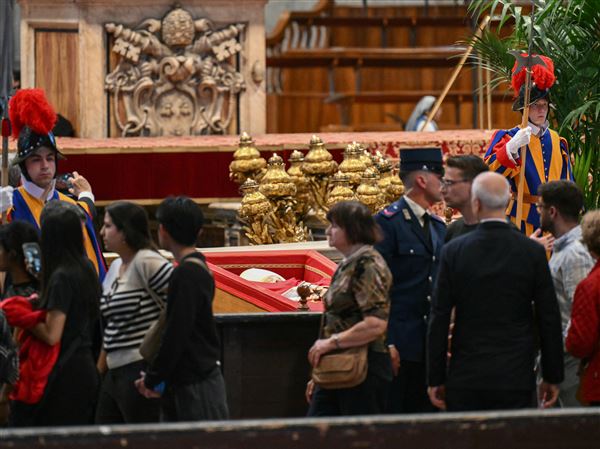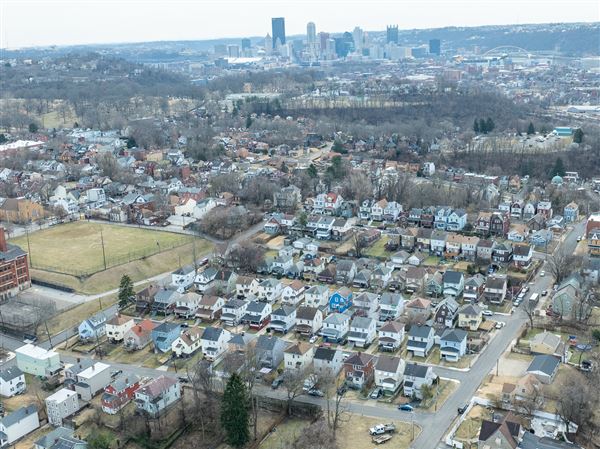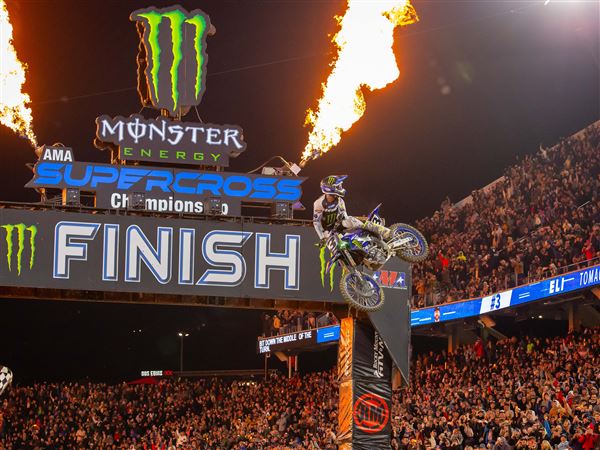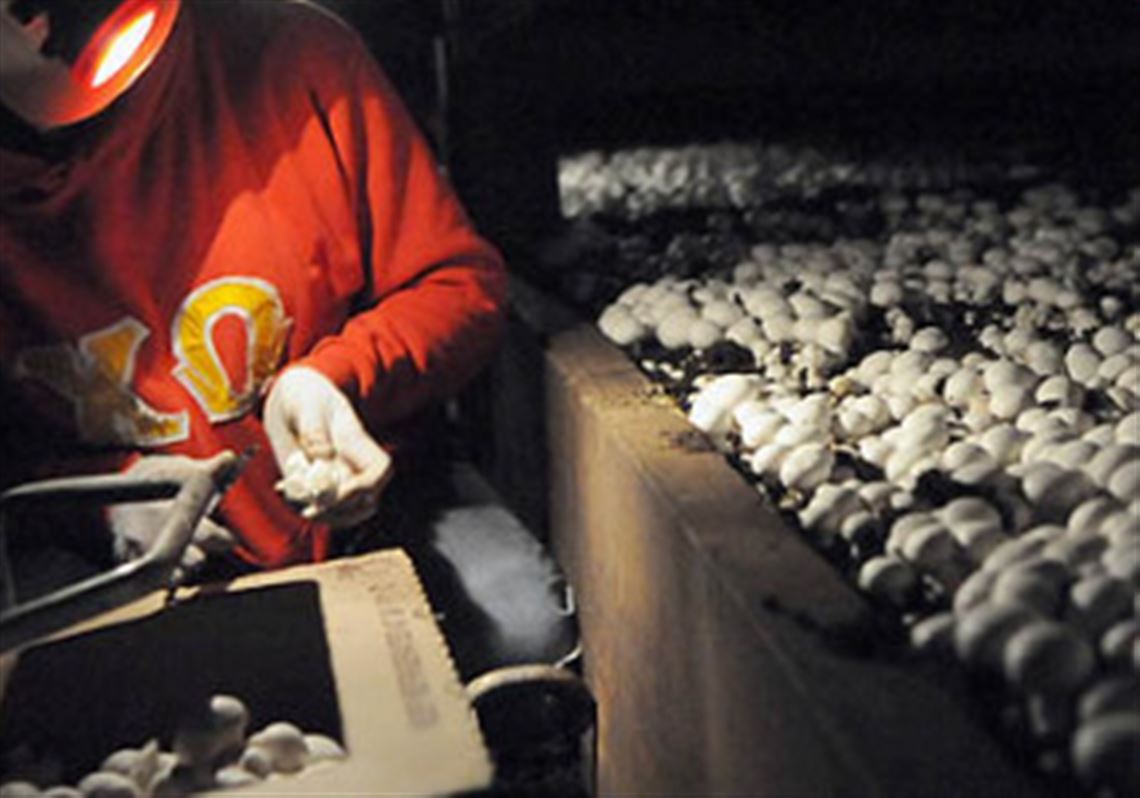We're more than 300 feet underground, three-quarters of a mile into the mouth of a 150-mile maze of tunnels that 75 years ago was a limestone mine. It's dark and silent as the tomb in the slasher movie I can't stop myself from imagining. The only sound is the whirr of the wheels on the golf cart that's ferrying us down, down, down to the pitch-black rooms where Creekside Mushrooms grows its famous Moonlight brand white button mushrooms in Worthington, Armstrong County.
And I thought the 90-year-old root cellar off my basement was scary!
"See that?" asks Creekside president Dan Lucovich, motioning to the damp, glistening roadway. "The floor is always wet with sanitizer so we don't spread dust and dirt."
My eyes, though, have already hopped forward to the growing room we're about to enter with our flashlights. Small lamps on the fronts of the pickers' hard hats cast a ghostly glow across the room, which has a pungent, earthy smell. As for the constant thunking, that's the sound the mushrooms make when they're tossed, their stems carefully trimmed with a paring knife, into 10-pound cardboard boxes. Growing manager Barry Meyer quickly does the math: 192 trays of mushrooms, each of which will produce about 250 pounds of mushrooms over the course of the 34-day growing cycle.
Agaricus mushrooms don't have to be grown in the dark, but because they don't require light, growers don't waste money on electricity. So it'd be perfectly OK to turn on overhead lights while today's crew of 24 harvests. Lights, though, create too many shadows, says Mr. Lucovich. Hence, the alien scene.
Chester County outside of Philadelphia, with its 60 mushroom growers, has long been known as the Mushroom Capital of the World. But Creekside, just north of Pittsburgh, is the world's largest mushroom growing facility, with enough growing space in its mines to pump out some 60 million pounds of mushrooms a year. (The farm currently harvests about 23 million pounds a year.)
What really sets it apart, though, is that it's the only underground mushroom farm in the United States. Also unique is that everything the farm needs to cultivate white buttons -- from the 55 million pounds of pasteurized compost the mushrooms are grown in to the packages they're shipped in -- is produced on site.
"It's like one big recycing center," says Mr. Lucovich.
For instance, the super-fine "clean" dirt that's used is actually spent compost that's been allowed to "cure" on 120 acres for up to four years.
Mushrooms require cool temperatures and high humidity, and this is where Creekside has an advantage: It's always 62 degrees underground.
Most mushroom farmers do everything in one room, start to finish. At Creekside, the 4-by-10-foot mushroom trays -- each holds 1,200 pounds of compost and 7 pounds of mushroom spawn -- are moved between rooms.
Cultivating mushrooms underground in dirt instead of above-ground in peat moss, like most growers, makes for a firmer, more nutritious mushroom, claims Mr. Lucovich, a second-generation mushroom farmer who's been with Creekside for 40 years.
A good picker can harvest up to 500 pounds of mushrooms a day. But it's not for everyone, and not just because it takes a certain kind of person to spend 40 hours a week underground.
"It's hard on the body," says Joanne Fend of Butler, who's been picking for Creekside -- sometimes as much as 12 hours a day -- for 32 years. "There's a lot of up and down, and stretching." She eyeballs the small white mushroom she just twisted out of the soil in a gloved hand, looking for any marks, dents or missing stems that would deem it a second.
She says, "It takes a while to perfect the routine."
First Published: August 28, 2008, 8:00 a.m.
















